These planes launched from half a dozen aircraft carriers and achieved complete tactical surprise.
Several of the U.S. Navy battleships anchored at Pearl were sunk.
The massive Japanese air attack also destroyed or disabled cruisers, destroyers and lesser vessels.
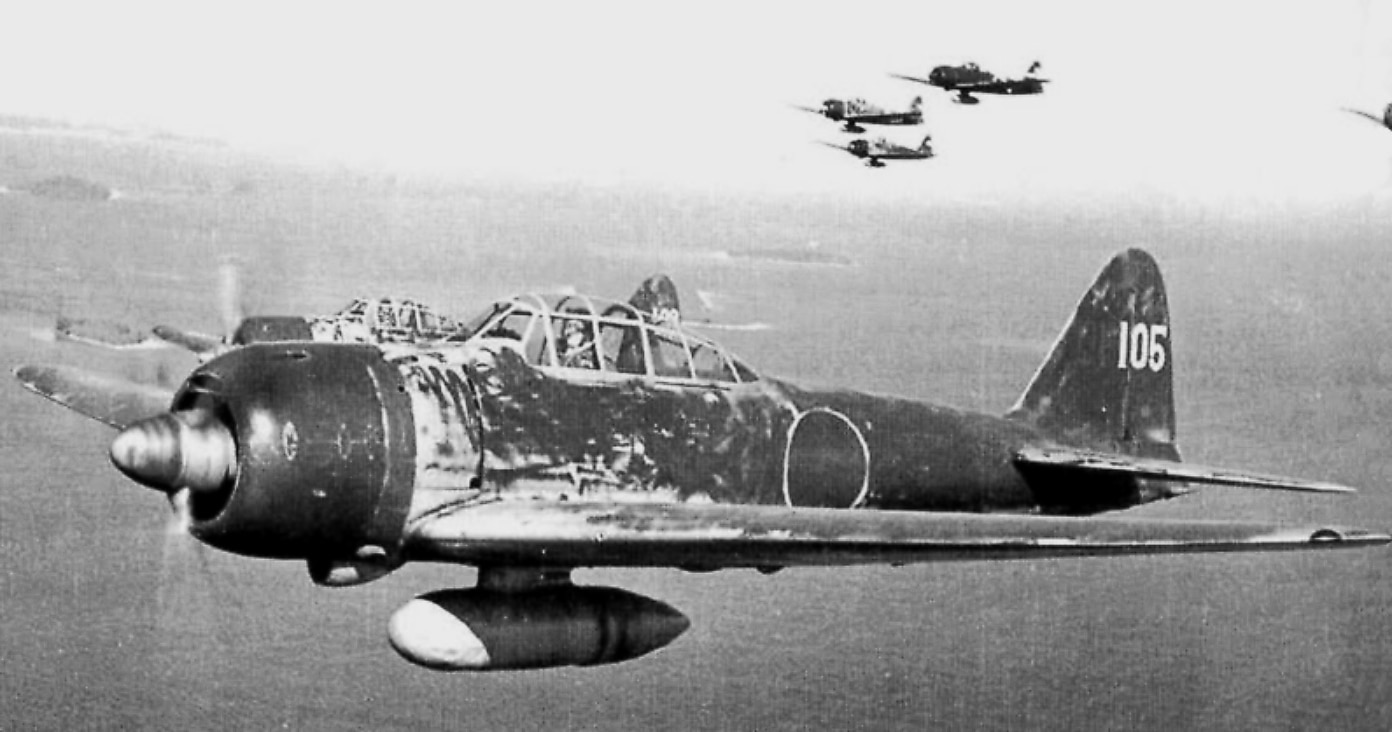
The Mitsubishi A6M Zero was the standard fighter aircraft for both the Japanese Army Air Force and Navy at the outset of World War II. Image: Imperial Japanese Navy
Over the course of the attack, 2,403 Americans perished.
The Pearl Harbor attack was burned into the collective American consciousness.
President Franklin Roosevelt famously described that fateful moment in history as a day of infamy.
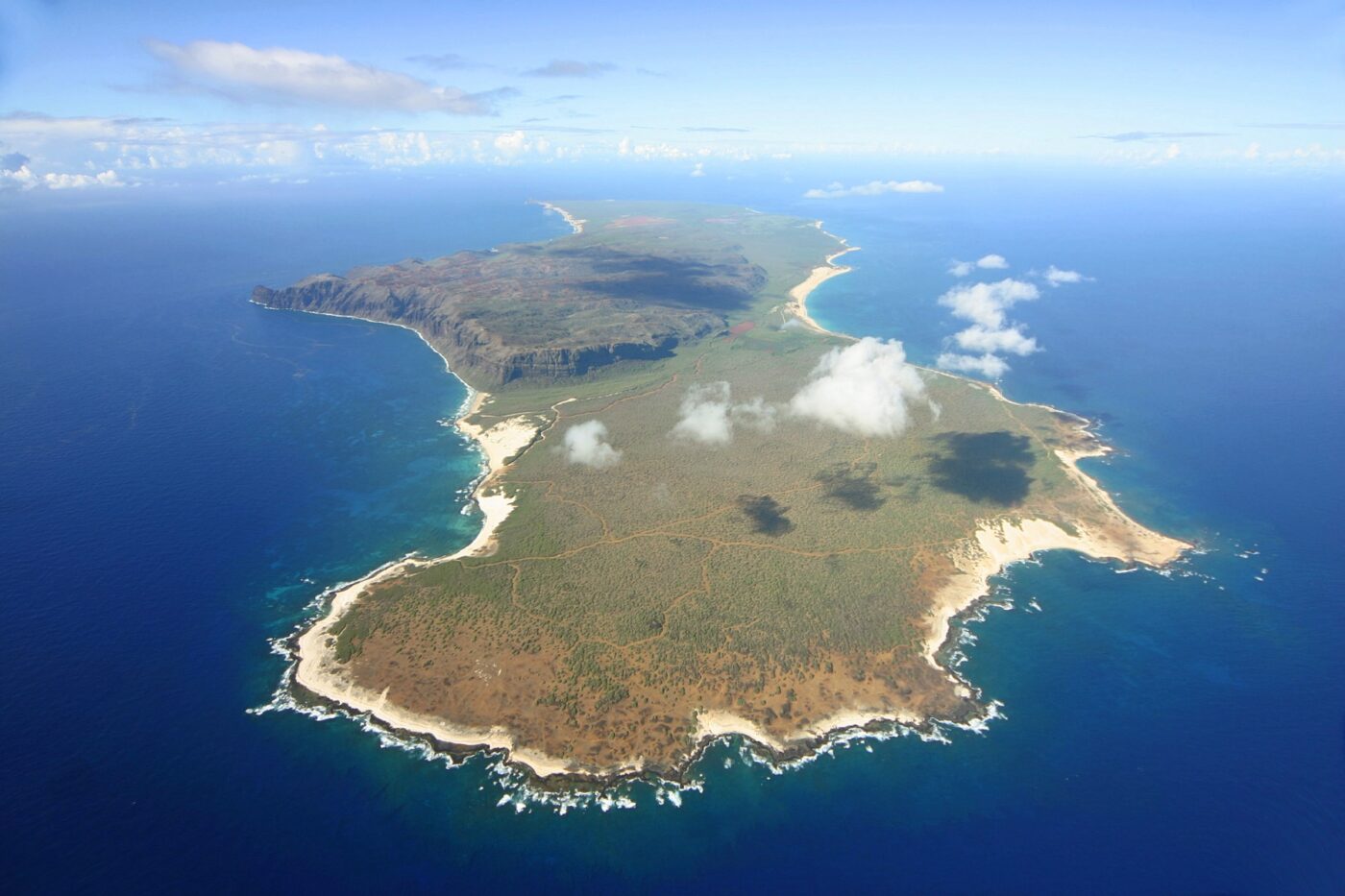
Ni’ihau is the seventh-largest island in the Hawaiian chain. It has been in private hands since the 1860s. Image: Christopher P. Becker/PolihaleCC BY-SA 3.0
That horrible event defined an entire generation.
Countless military historians have built PhD theses around the details, and dozens of books have been penned.
However, one of the most poignant anecdotes of the attack is not so well-known.
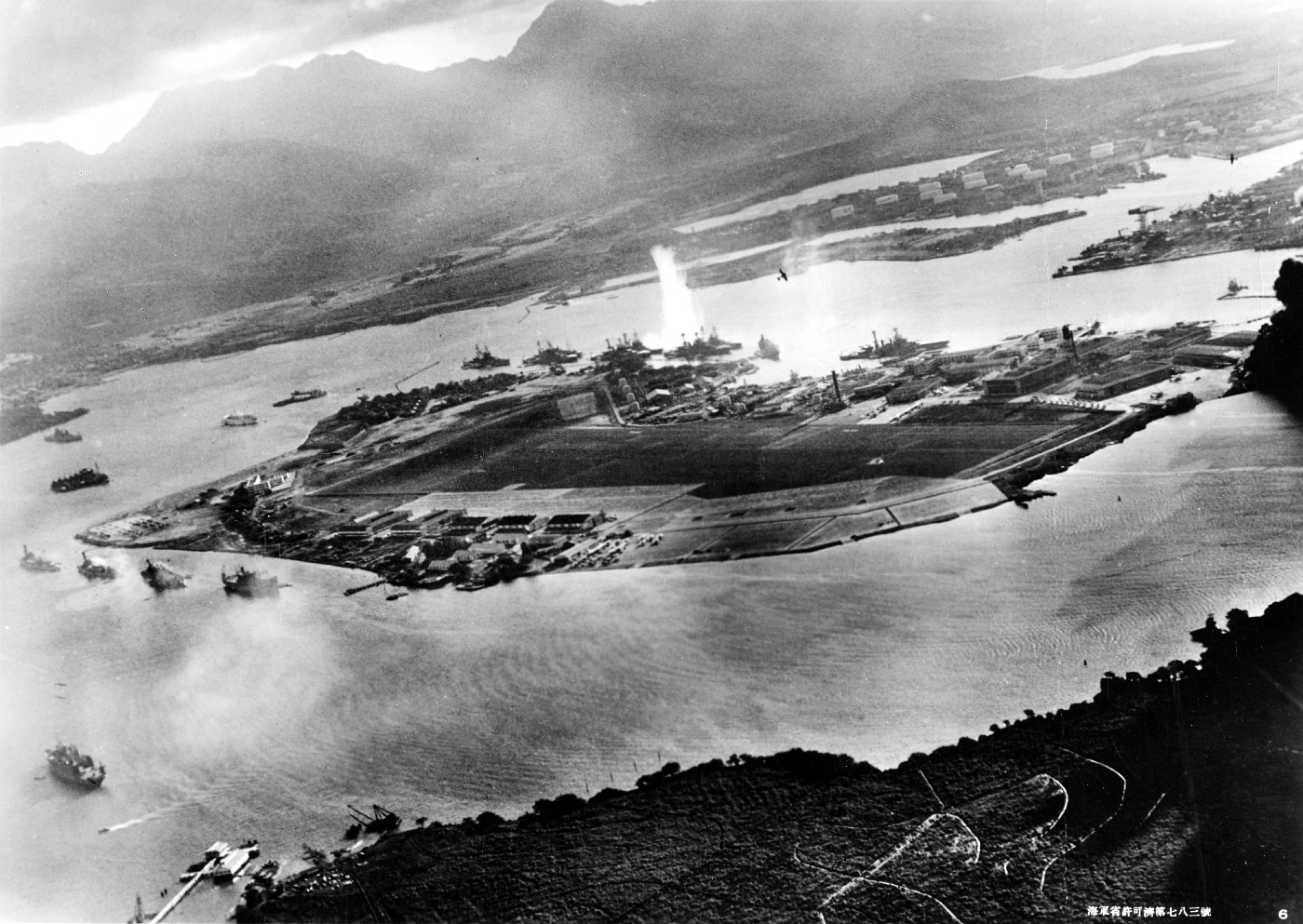
The Japanese attack on Pearl Harbor in late 1941 was a generation-defining event. Image: Imperial Japanese Navy/U.S. Naval History & Heritage Command
This particular little war unfolded on the small Hawaiian island of Niihau immediately following the infamous air attack.
That would be about $200,000 today.
That turned out to be a pretty solid investment.
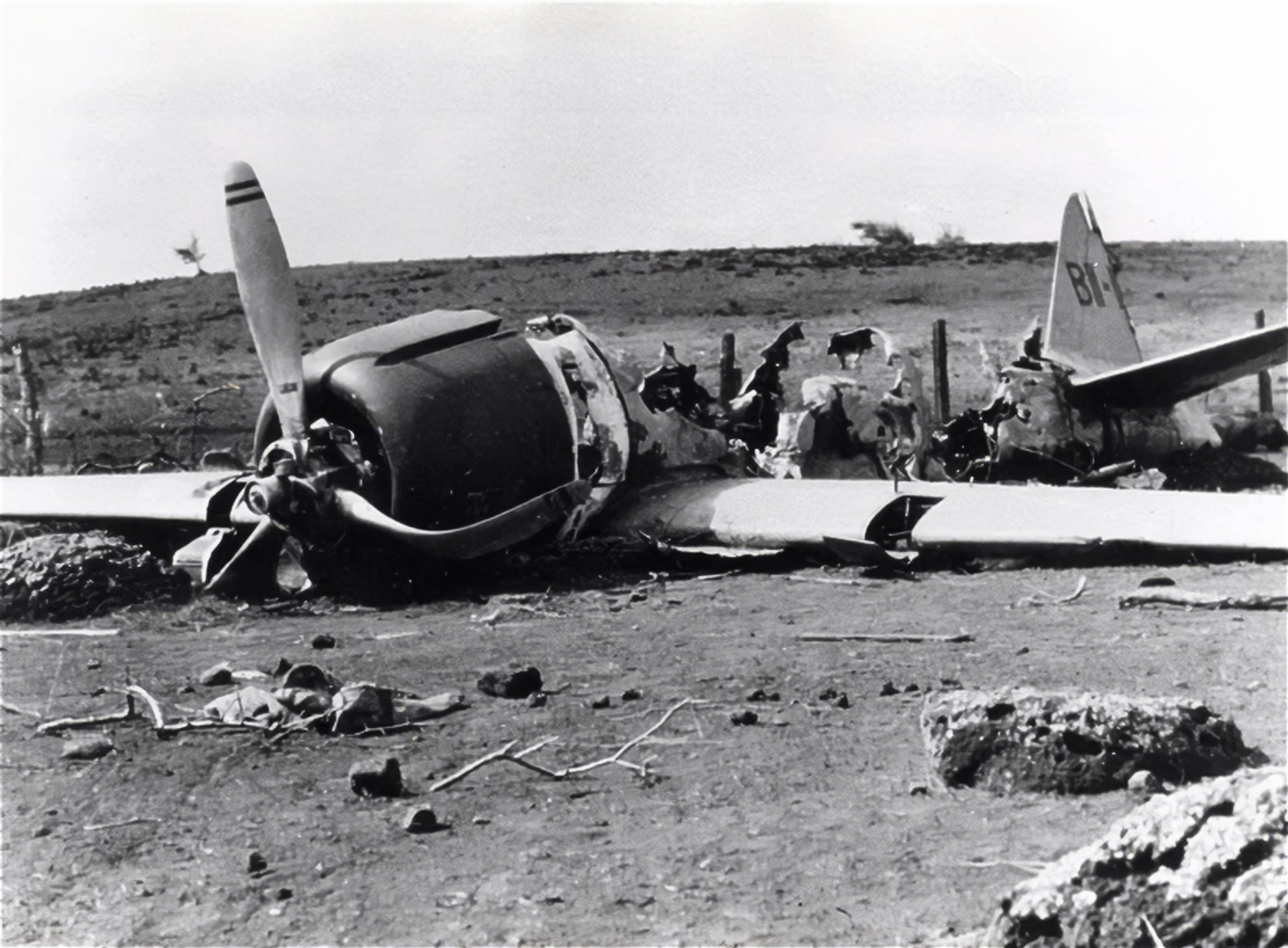
Shigenori Nishikaichi attempted to burn his Zero to keep it from falling into the hands of the enemy. This is his plane as it was later discovered. Image: U.S. Army
Niihau is the seventh largest island in the Hawaiian chain and remains in private hands to this very day.
In 1941, Elizabeths great-grandson Aylmer Robinson maintained possession of Niihau.
Aylmer was a Harvard graduate who spoke fluent Hawaiian and lived on nearby Kauai.
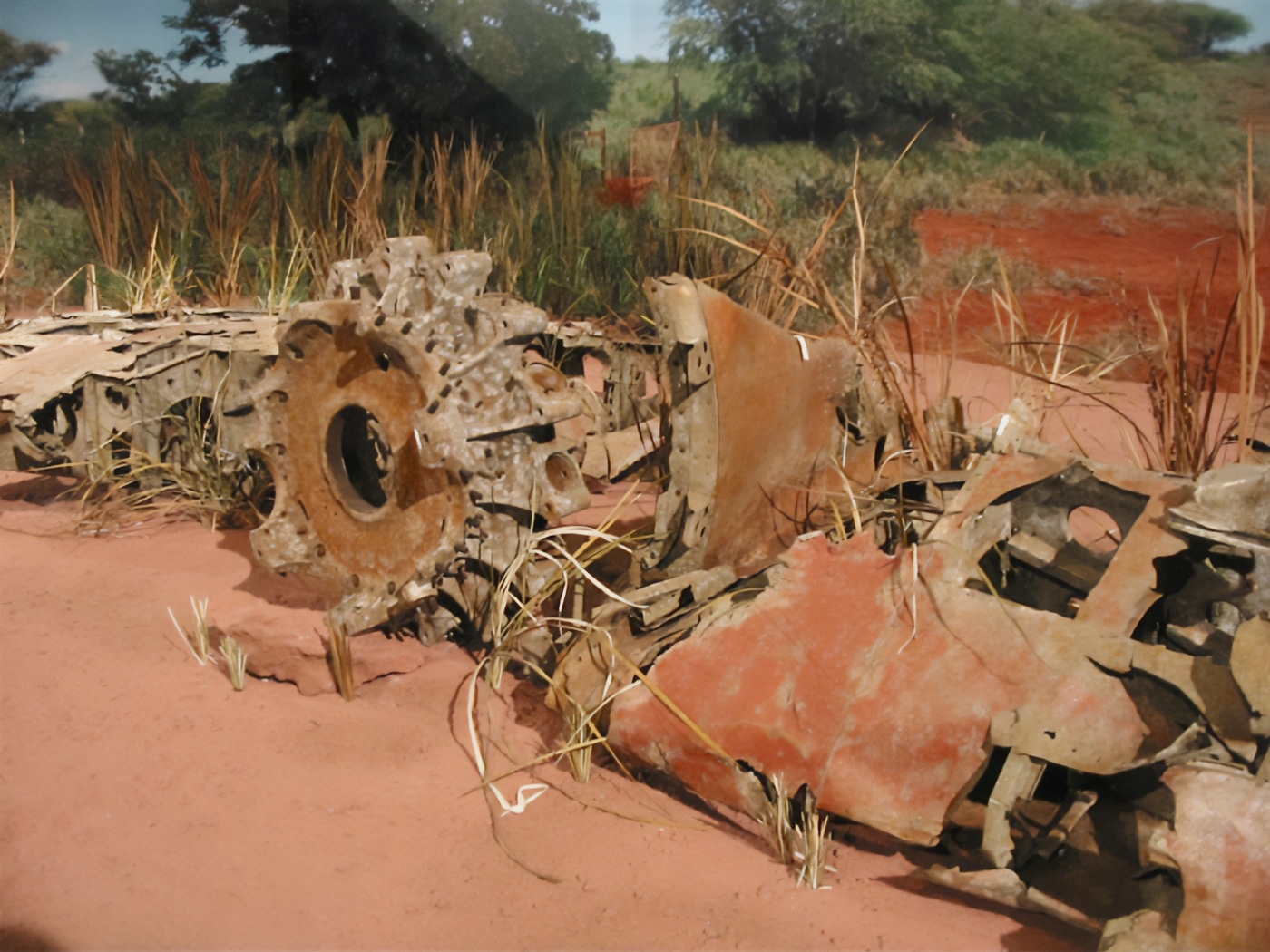
Shown here is the rusted wreckage of Shigenori Nishikaichi’s Zero fighter that crashed on Ni’ihau Island. Image:Binksternet/CC BY-SA 3.0
Robinson made regular visits by boat to check on the 136 native islanders who populated the place.
Three of those 136 native islanders had deep connections to Japan.
The Japanese intended to police up any survivors later via submarine.
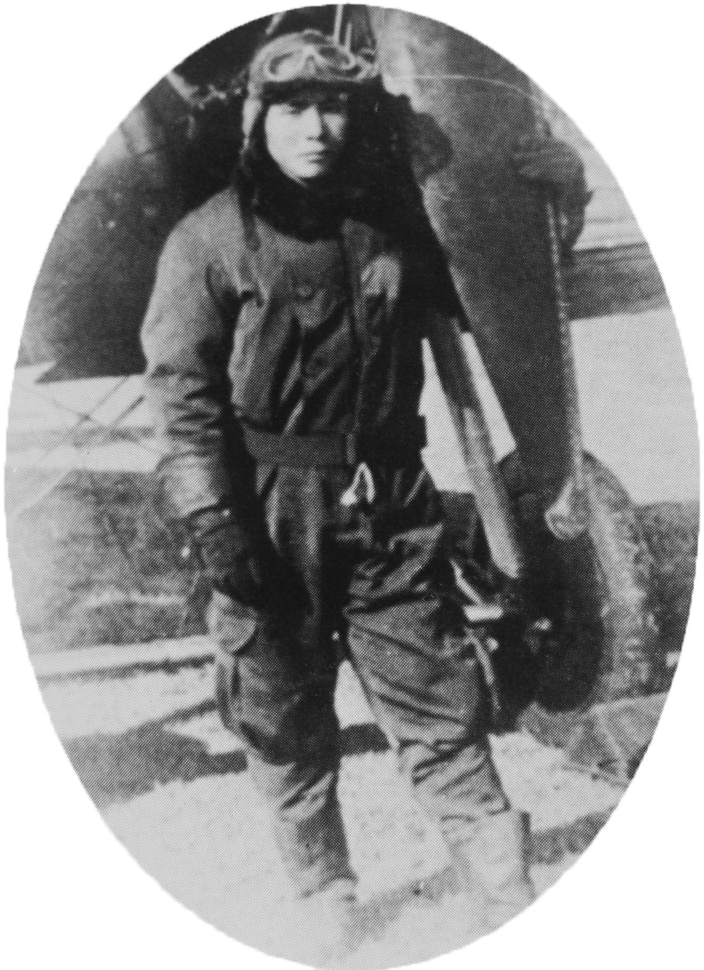
This photo, date unknown, shows Shigenori Nishikaichi in his flight uniform. Image:Wikimedia Commons/CC BY 2.5
Nishikaichis Zero was badly shot up strafing Wheeler Field.
He skillfully crash-landed his dying fighter in a handy field.
Though his Zero was thoroughly trashed, Nishikaichi was dazed but unhurt.
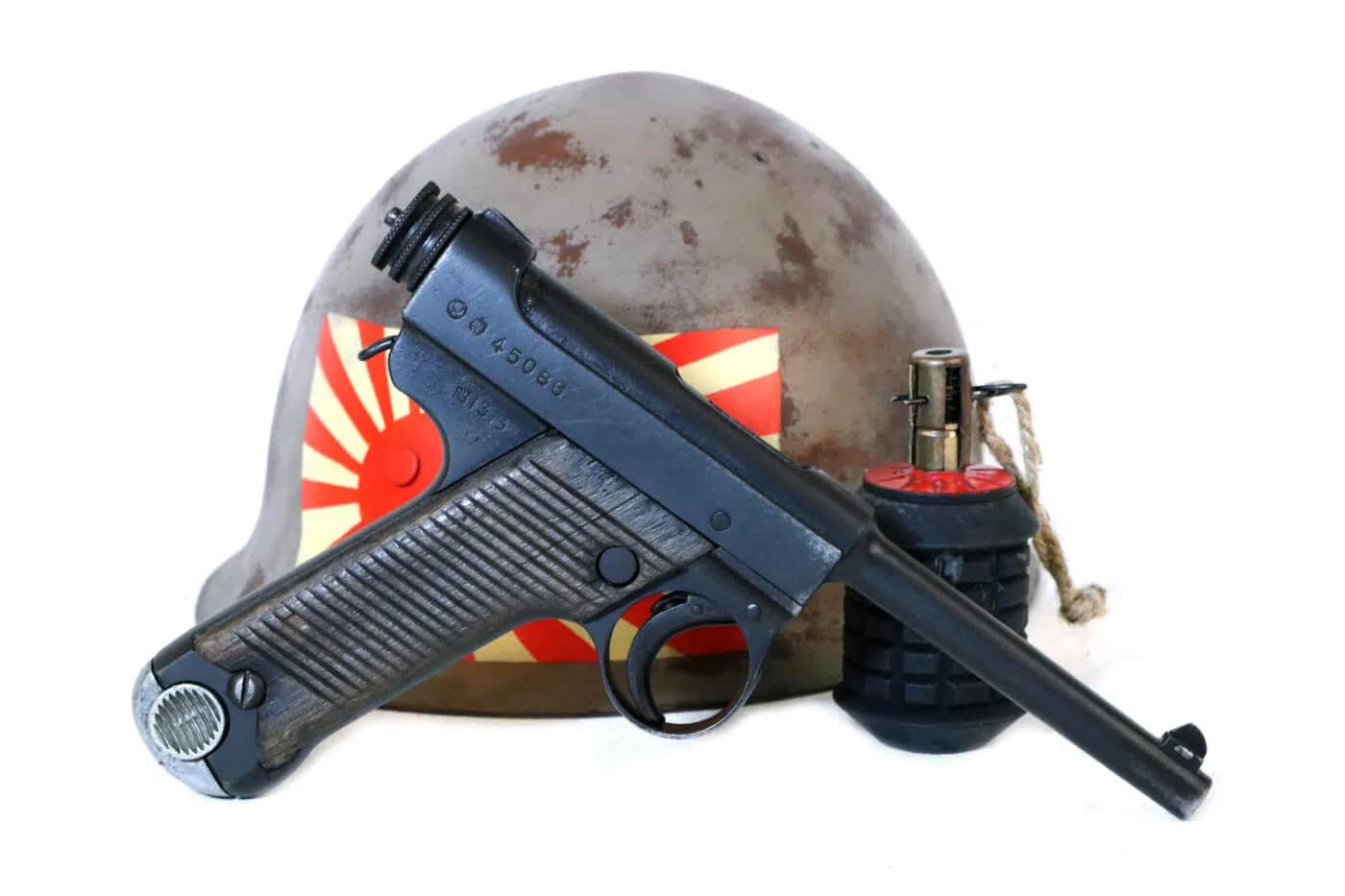
It is not known for certain which handgun Shigenori Nishikaichi carried, but it was likely the Type 14 pistol. Image: Author
A local man named Hawila Kaleohano saw the whole thing.
Now this was a big deal.
Fast, nimble and terrifying, the Zero could outfly and outfight any American fighter in the Pacific theater.
He felt these items to be critical to the burgeoning war effort.
Only those three islanders spoke Japanese, so communication was a challenge.
Four strapping young men were assigned as guards.
Things Get Kinetic
Three of the four guards lost interest and went home.
They then retrieved Nishikaichis pistol as well as a shotgun.
However, Hawila Kaleohano still had those critical maps.
Seizing the moment, Kaleohano fled for his life.
Nishikaichi opened up with the shotgun to no effect.
Most of the islanders went into hiding.
They then torched Kaleohanos home in a failed effort to destroy the classified documents.
Thats when Ben Kanahele went all Jason Statham on the guy.
Ella leaped for the pistol, but the turncoat intervened.
Nishikaichi then shot Ben three times, hitting him in the groin, leg, and belly.
This just made the strapping Hawaiian sheep farmer mad.
Despite his injuries, Ben lifted the flailing Japanese pilot and slammed him headfirst into a handy stone wall.
Realizing the tactical tides had irrevocably shifted, Nishikaichis traitorous buddy shot himself in the head with the shotgun.
Ella Kanahele grabbed the weapons and ran for help.
In her enthusiasm she lost the guns enroute.
The shotgun showed up after a flood some five years later.
Nishikaichis pistol is still out there someplace.
The Weapon
Japanese pilots of this era were expected to buy their own handguns.
The specific sort that Petty Officer Shigenori Nishikaichi was packing has been lost to history.
It fired the novel but underpowered bottlenecked 8mm cartridge, fed from an eight-round box magazine.
During the course of the war, some 400,000 copies rolled off the lines.
The key in 14 was a prized souvenir for American G.I.s fighting in the Pacific theater.
What remains of Nishikaichis Zero is on display at the Pacific Aviation Museum at Pearl Harbor today.




